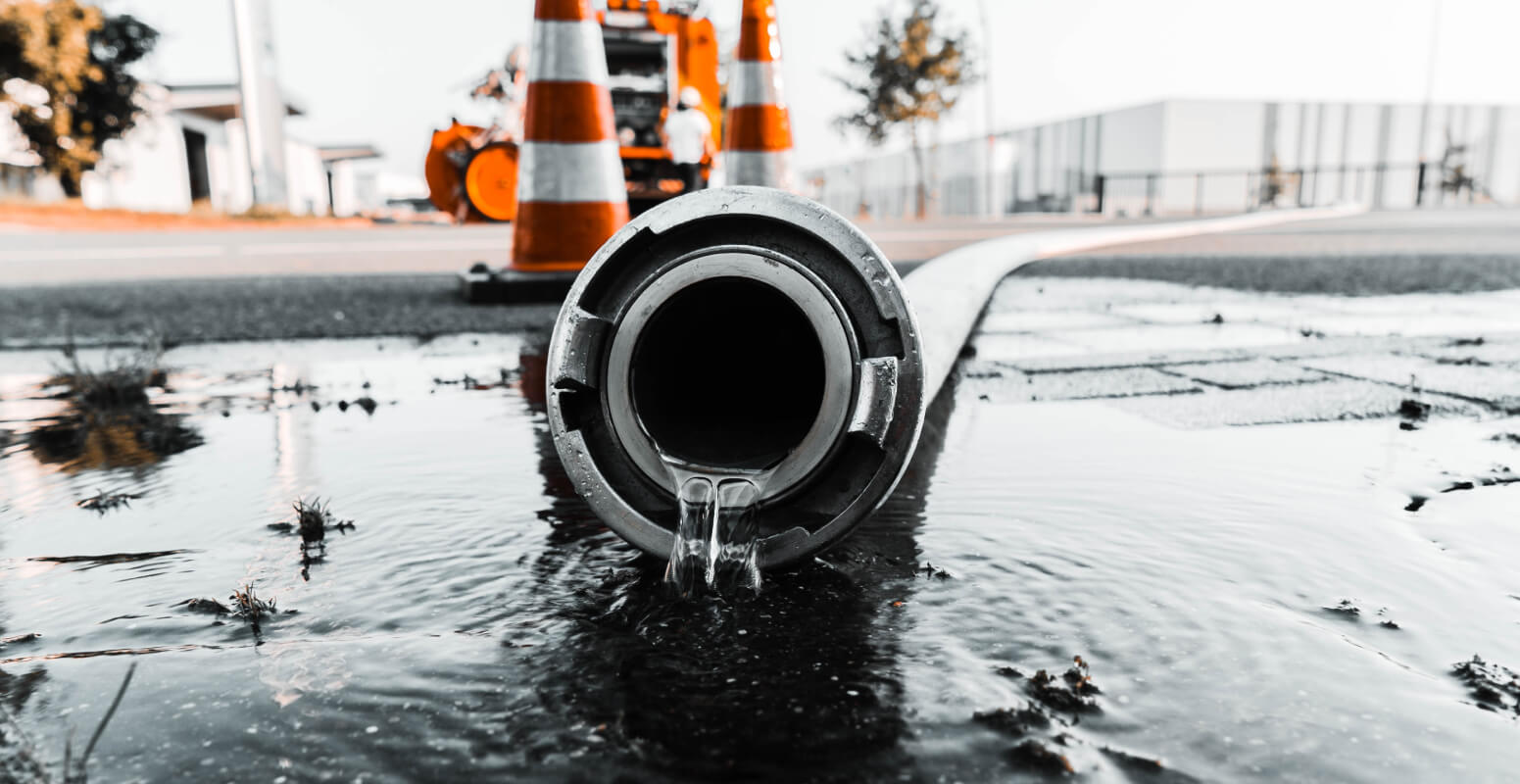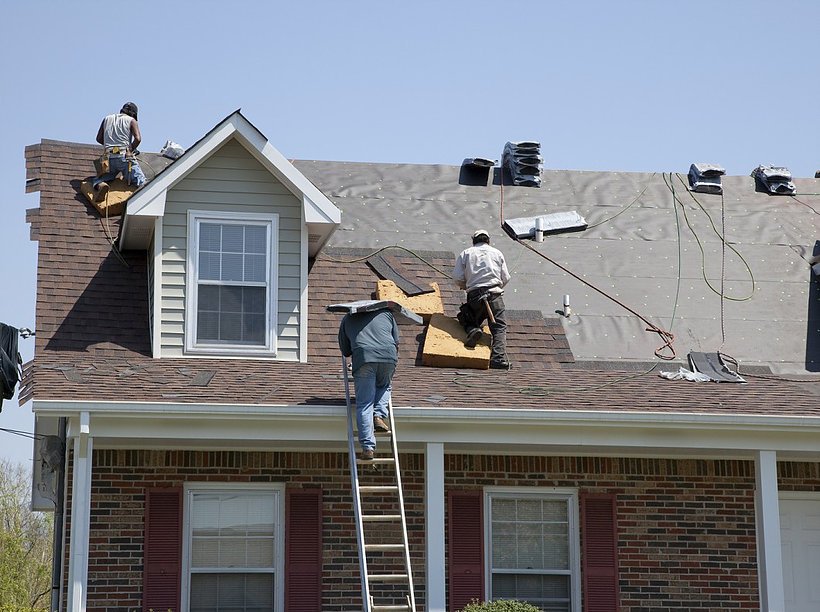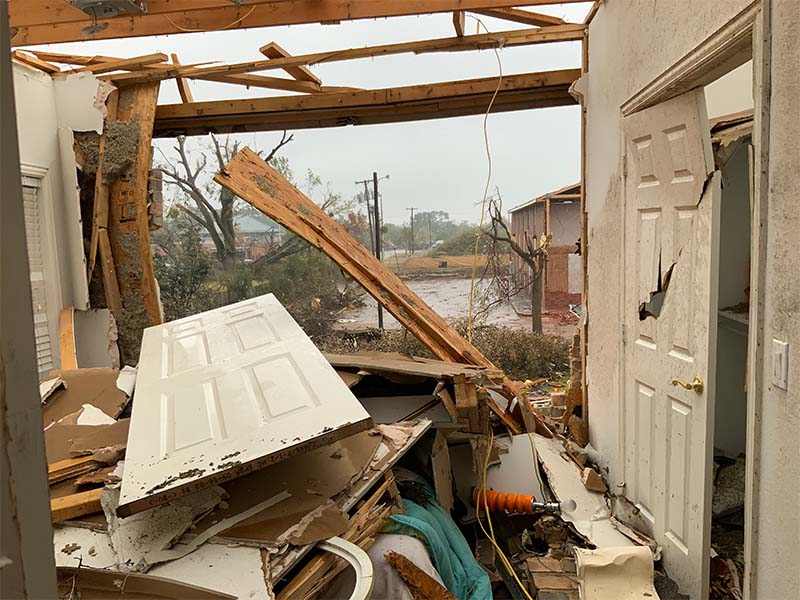Discovering water in your basement can be a stressful and overwhelming experience. Whether it’s a small puddle or several inches of standing water, it’s essential to act quickly to minimize damage and prevent further issues. In this post, we’ll outline the immediate steps you should take when you find water in your basement, helping you protect your home and get the situation under control.
-
Ensure Safety First
Before doing anything else, make sure it’s safe to enter the basement. Water and electricity are a dangerous combination, so if there’s any chance that the water has come into contact with electrical outlets, appliances, or the circuit breaker, do not enter the area. Instead, turn off the power to the basement from your home’s main electrical panel and contact a professional for assistance.
-
Identify the Source of the Water
Once it’s safe to enter the basement, the next step is to identify the source of the water. Common causes of basement flooding include heavy rain, a leaking or burst pipe, a malfunctioning sump pump, or poor drainage around the foundation. Identifying the source will help you determine the best course of action to stop the water from continuing to enter the basement.
-
Stop the Flow of Water
If the water is coming from a burst pipe or a plumbing issue, the first thing you should do is shut off the main water supply to your home. This will stop the flow of water and prevent further flooding. If the water is coming from outside, such as through a window or foundation crack, try to block or redirect the water flow using sandbags or other barriers.
-
Remove Standing Water
The longer water sits in your basement, the more damage it can cause. Use a wet/dry vacuum, buckets, or a sump pump to remove as much standing water as possible. If the flooding is severe, you may need to rent or purchase a larger pump to handle the volume of water. Be sure to wear protective gear, such as rubber boots and gloves, to avoid contact with contaminated water.
-
Dry Out the Basement
After removing the standing water, it’s crucial to dry out the basement to prevent mold growth and further damage. Use fans, dehumidifiers, and open windows to promote air circulation and reduce humidity levels. It’s important to continue drying the area for several days, even if it appears dry, to ensure that all moisture is eliminated.
-
Remove Damaged Items
If the water has damaged any personal belongings, furniture, or other items in the basement, remove them as soon as possible. Items that are soaked or have been in contact with contaminated water may need to be discarded to prevent mold growth. For items that can be salvaged, clean and dry them thoroughly before bringing them back into your home.
-
Clean and Disinfect the Area
Once the basement is dry, it’s important to clean and disinfect the area to remove any bacteria, mold spores, or contaminants that may be present. Use a mixture of bleach and water to scrub all surfaces, including walls, floors, and any remaining items. Proper cleaning will help prevent health issues and ensure that the basement is safe to use again.
-
Contact a Professional for Assistance
Even if you’ve managed to remove the water and dry out the basement, it’s a good idea to contact a water damage restoration company near me for a thorough inspection. Professionals can assess the extent of the damage, identify any hidden issues, and provide water mitigation services near me to help prevent future flooding.
Conclusion
Finding water in your basement can be a daunting experience, but by taking quick and decisive action, you can minimize damage and get your home back to normal. Remember to prioritize safety, stop the flow of water, and dry out the area as soon as possible. For a thorough restoration and to prevent future issues, consider contacting a professional water damage restoration company to ensure your basement is properly restored and protected.

 Get To Know Us
Get To Know Us







 We Offer Financing
We Offer Financing

















